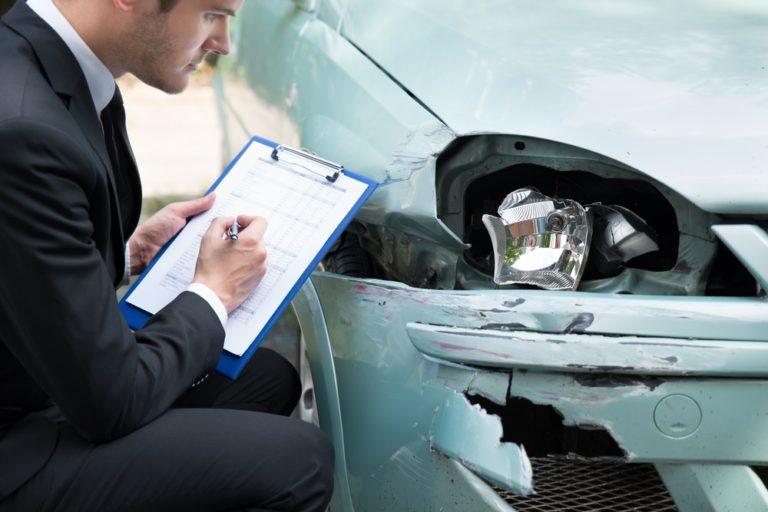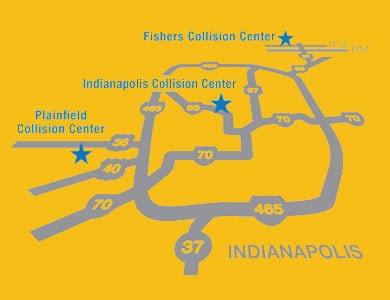
As you begin shopping around for your next car insurance policy, you’re bound to hear quite a bit of jargon thrown around. Namely, you’re going to hear the word “deductible” over and over again.
The deductible is actually a crucial factor in selecting comprehensive, affordable insurance, and it’s one that all Plainfield, Indianapolis, Fishers, and Bloomington drivers should know. So, the Andy Mohr Collision Center team has put together this article to teach you how car insurance deductibles work.

How Does a Car Insurance Deductible Work: The Basics
As you start working out a car insurance policy with a new provider, the topic of deductibles will inevitably come up. And when it does, you better know what you’re getting. Otherwise, you could saddle yourself with an unnecessarily expensive monthly payment.
The deductible serves a simple purpose. After an accident, it’s the amount of money that must be paid before the insurance company will shell out money for repairs.
So, let’s say that you’ve chosen a deductible of $600. You’ve just been rear-ended, and damages now total $1,000. You’ll pay your deductible, and the insurance company will pay the remaining $400.
You should be aware that if the damages in this scenario had totaled $500, you’d still be responsible for paying $600. This is the reason why many drivers automatically spring for a lower premium—they’re worried about losing money over smaller accidents. However, you only pay a deductible if you’ve filed a claim.
Choosing the Right Deductible for Your Needs
When it comes to choosing the right deductible for your policy, there are a few factors you’ll have to take into consideration…
- A high deductible lowers monthly payments. You’ll be rewarded for that costlier, one-time payout. On the flipside, however, if you choose a low deductible, your annual premiums are bound to be higher.
- Take a look at your own record. Some folks have a tendency to get into accidents more frequently than others. If you’re one of them, it may not behoove you to have an extra high premium. In the long run, that’ll cost you more.
- There are geographical impacts. Even if you’re a great driver, your surroundings can impact your likelihood of getting in an accident. A city or an area with notoriously bad road conditions are going to put you at a much higher risk.
The fact of the matter is, if you suspect that you’re at a higher risk of getting into an accident than someone else, then you might get slammed by a higher deductible. In the end, you’ll just have to weigh contributing factors and options carefully.
Our Collision Center Has Your Back

We all dread accidents—not just for the financial damages, but for the risk of injury, too. But when the dust settles on this incident, the Andy Mohr Collision Center team will make sure that your vehicle is all taken care of.
We’re happy to serve the areas of Plainfield, Indianapolis, Fishers, and Bloomington. As soon as your car needs work, just get in touch. Schedule your next appointment today.
Related Posts
What to Expect from Appraisals After an Accident
What to do in a Car Accident


